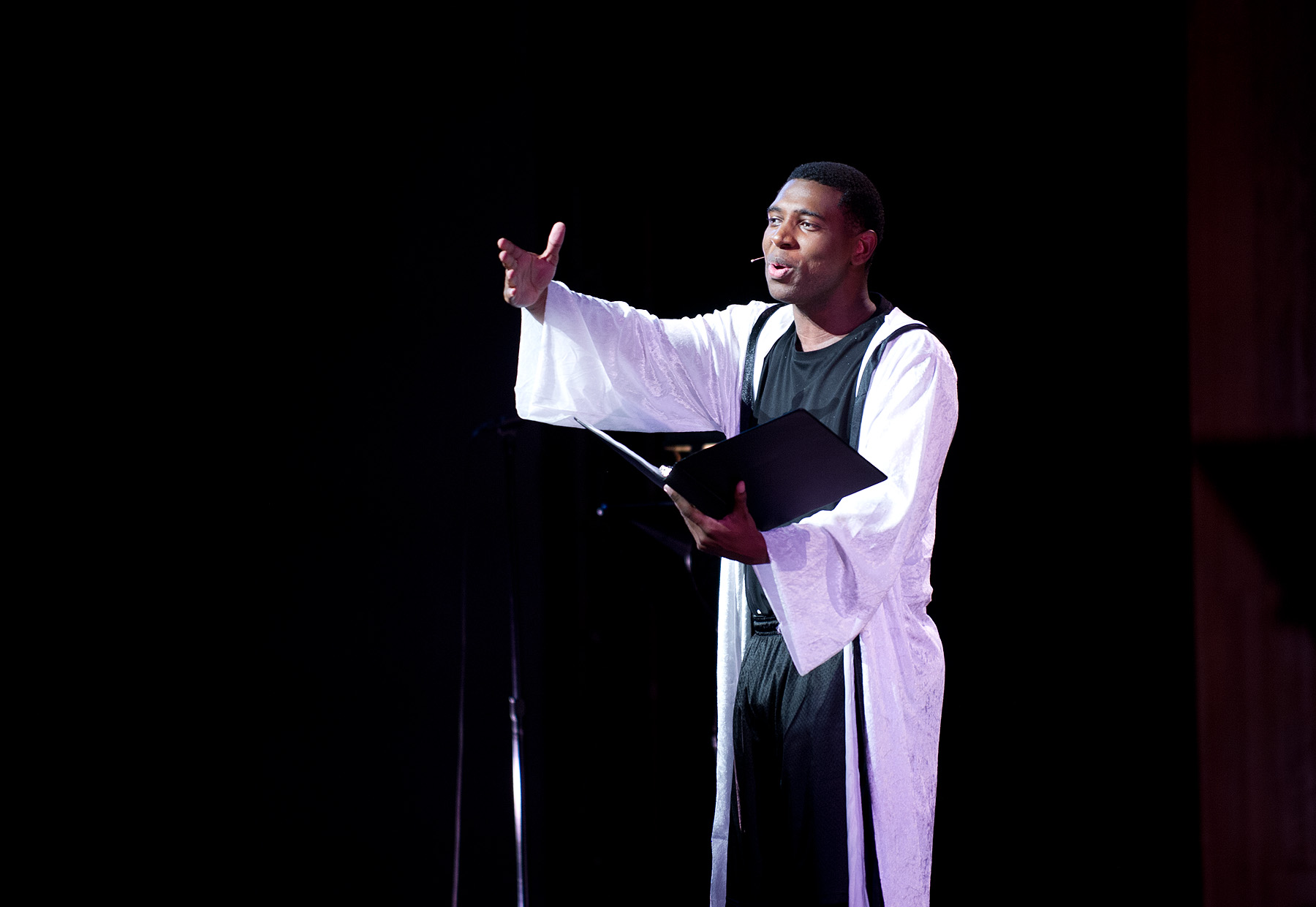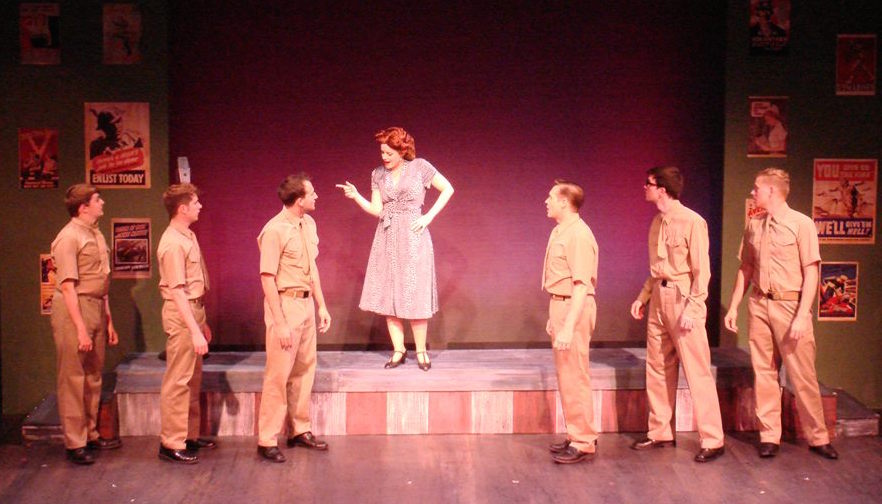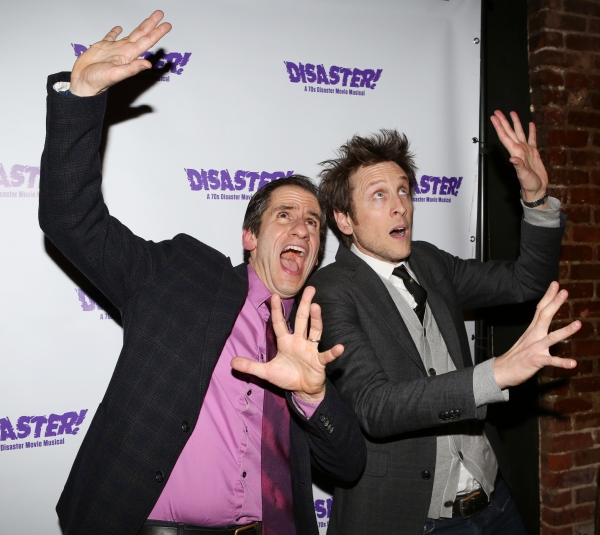Scenic Design: Evolution of a Medium
A Conversation with Paul Owen
A review by Keith Waits
Entire contents are copyright © 2012 Keith Waits. All rights reserved.
The conversation with Paul Owen that took place April 2 was tantamount to a history of both Actors Theatre of Louisville and the regional theatre in the United States. Mr. Owen got his start with The Alley Theatre in Houston, Texas, more than 50 years ago when that venerable institution was a model for the upcoming development of regional theatre companies – a trend which would be led by Actors Theatre.
The other partner in this exchange, Steve Woodring, evidenced clear appreciation and warmth of feeling towards the resident master of theatrical design. He allowed Mr. Owen generous latitude in relating the story of his entry into the theatrical world under the tutelage of the legendary Nina Vance at The Alley, where he began designing lights and costumes out of necessity, helping to build a struggling troupe into an influential bastion of creative and independent American theatre.
But the audience had come to hear about Paul Owen’s years of collaboration with Jon Jory in the halcyon days of Actors Theatre. Arriving in Louisville in 1971, Mr. Owen’s mission was to help in “saving” another struggling enterprise. History has recorded that he succeeded beyond any reasonable expectations, designing, by his own estimate, “about 1,500” sets. This staggering sum is made even more remarkable by fact that for many years he was the only designer for the Humana Festival. Just by the numbers alone, his impact must be counted as profound. In the words of Mr. Woodring, “There is not another person, living or dead, who has designed more new plays than Paul Owen.”
Without the benefit of a formal arts education (he confesses to a lack of drafting skills when he started), but armed with an innate understanding of space, Mr. Owen’s early work in Louisville was executed with a singular freedom, working directly from the script with virtually no input from Jon Jory. “The ideas come from within the text of the play,” he stated, “so that the play can be performed in that space.” The notion that the set design was such a keynote for the director and cast seemed startling, as this designer’s goal was “to ask more of the actor than they were perhaps willing to give.” In one particularly vivid and humorous example of this aesthetic, he describes a set for an ATL production of Oedipus in which his set consisted entirely of steps. The stage platform was removed entirely from the Pamela Brown Auditorium to allow the installation of an epic series of stairs that would force unique blocking and never allow the actors to settle in one spot for long. On top of that, the vertical surfaces were coated with spray foam that unexpectedly gave off noxious fumes throughout the entire run!
Such stories might seem apocryphal, yet the subject’s patrician confidence only served to confirm the veracity of the claim. Mr. Owen was never once to be caught boasting; he was just simply telling the straight of it. It was a unique insight into the unorthodox building of a legacy that was the formative years of Actors Theatre.
As the evening continued and the anecdotes flowed, it became clear that Mr. Owen feels an acute sense of loss for the halcyon days in which individual creativity and an appetite for changing the rules were the order of the day. He feels “a great fear” concerning the state of regional theatre today, visibly struggling to express his dissatisfaction about the inevitable institutionalization of theatres and the resulting lack of a “personal touch.” It begs the question of whether somebody like Paul Owen would today have the same opportunity to work and build such a storied career and exert such an important influence. Yet, despite such concerns, there seem to still be places where theatre exists in desperate enough circumstances, capable of cultivating future artists of the caliber as Mr. Owen. Long may they live.
April 2, 2012
The MeX Theatre at The Kentucky Center for the Arts
501 W. Main St.
Louisville, KY 40202
http://www.kentuckycenter.org/




